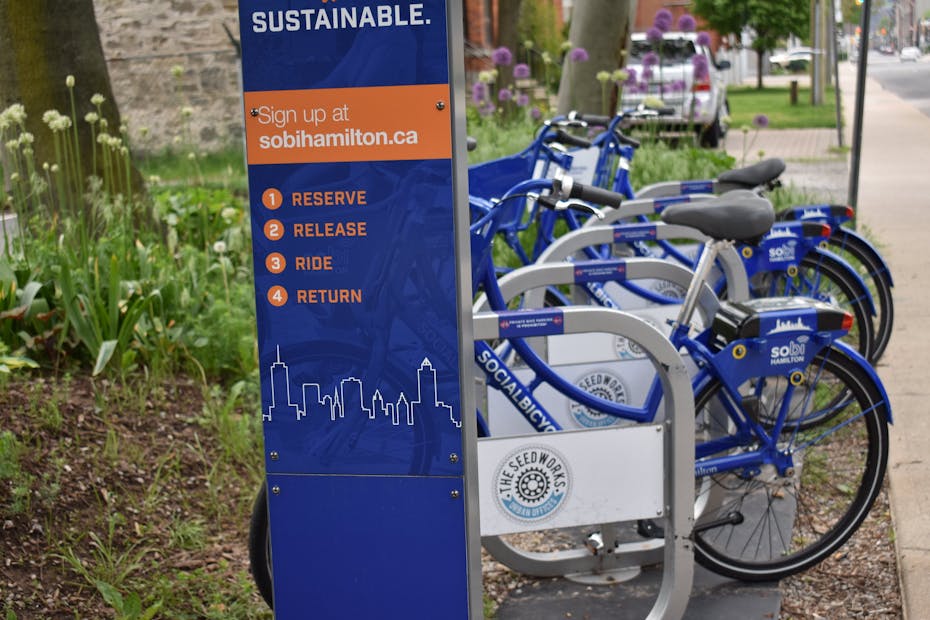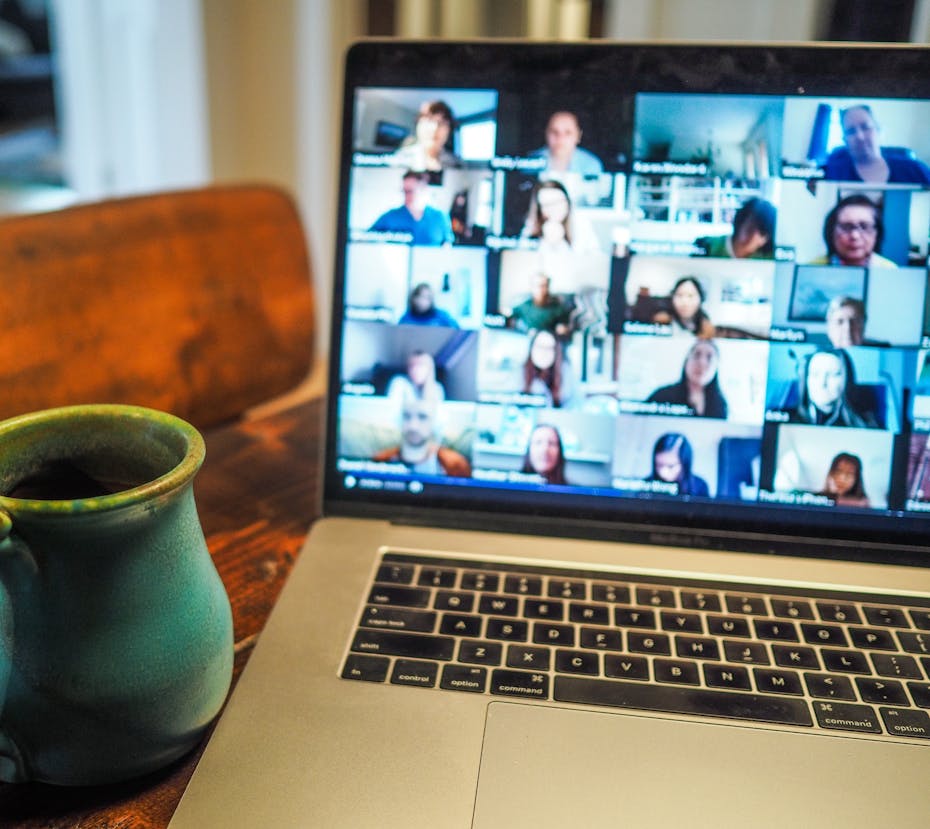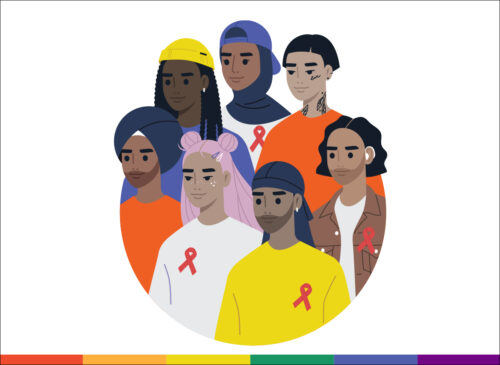
With the new academic year beginning shortly, students, faculty and staff returning to higher education or arriving for the first time face uncertainty. There is anxiety about a fall term like no other.
Those of us responsible for ensuring the futures of post-secondary students have endured months of existential fears about student and employee health and safety, the efficacy of online teaching and virtual learning and what it all means for enrolment and revenue.
Enough already.
Our responses to the pandemic are helping us reimagine the future of higher education.
Instead of lamenting what’s lost, let’s focus on what we’ve gained. Many of our adjustments to teaching and learning, student engagement and research to adapt to COVID-19 have shown us the way to a better version of higher education. The future our students deserve can be fashioned by heeding the lessons learned from experience over the past few months.
Here is a blueprint.
Create virtual content for the future
Research suggests students are comfortable reading course materials online but prefer discussions and activities to occur face-to-face.
Rather than a 50-minute lecture, virtual learning occurs best over short sprints such as ten or fifteen-minute modules.
A possible blended learning model is one where learning proceeds seamlessly between a physical or virtual classroom and a continuously refreshed online resource library built with open-access resources. Instructors would not individually create new versions of the course each year, freeing them to mentor challenge-based learning.
Experiential and lab learning is now possible online.
For example, in the faculty of engineering at McMaster, we have collaborated with the educational innovation company Quanser to develop software that brings interactive and immersive lab experiences to students through virtual reality and gaming platforms. This fall, first-year engineering students will learn technical skills in virtual labs and apply them as part of a team in a virtual design studio. They’ll then collaborate with team members to address unique design challenges in areas such as autonomous vehicle design.
Right now, universities are undertaking such efforts independently. Political support and leadership are urgently required to encourage institutions to collaborate, produce and share virtual content. Developing multiple versions of the same subject matter is wasteful. Collaborations will yield more content and a greater variety of instruction for different learning styles.
Engage students through virtual experiences
The success of graduates depends on three ingredients — how they are taught, how they are mentored and what they experience. The shift to remote learning and social distancing has upended this recipe.
Even before the pandemic, only a fraction of students made use of the wide range of curricular and extracurricular experiential learning opportunities offered on campuses. Now, to overcome constraints posed by distance, scheduling and convenience, these are provided online, a template that bodes well for supplementing future face-to-face engagement.
New online programs are already enhancing the academic preparation of incoming students, offering them experiences and easing their social transition into virtual teams and groups.

(Joey Coleman/Flickr), CC BY-SA
Students are learning to create solutions that mitigate the social and economic impact of the virus.
As students become more involved in addressing the complexity of the pandemic, they are also being trained to address other seemingly intractable challenges, such as climate change, clean water, affordable housing, widespread rapid transit and ubiquitous cybersecurity.
End the credit hour
American industrialist and philanthropist Andrew Carnegie’s plans to establish a free pension system for post-secondary educators in 1906 led to a model that translated the contact time between an instructor and a learner into a measure of instructor workload. Even today, we measure workload through that credit hour model, but also use it to link “seat time” to a student’s learning and academic progression.
University curricula are created by stacking courses that typically involve three credit hours of instructor workload. With blended learning, where part of the instruction is asynchronous, the credit hour is no longer a surrogate for instructor workload or student learning. Now, student transcripts emphasize academic progress through mastery of credit hours.
This offers the opportunity to reconsider what is conveyed by the conventional academic transcript. The transcript should better reflect the learning, competencies and skills gained by the student, mirroring developments in professional fields where micro-credentialing has emerged as a way to reflect the kind of nimble and transferable skills that are most useful in today’s workplaces.
Broader support for students’ futures

(Chris Montgomery/Unsplash), CC BY
With job and financial losses, many more students can no longer afford higher education. Work opportunities like co-ops and internships that provide students with important professional competencies and skills have been scaled back by employers. Some students face food and housing insecurity, have poor health and wellness and require better digital access and devices.
University emergency student aid is limited. To nurture future talent, some philanthropists have generously donated and governments must continue to help vulnerable learners thrive and support a bold reimagination of higher education.
Renew a commitment to listening
The pandemic has the power to humble us all and open our eyes and ears in new ways. We have been disoriented by COVID-19 and forced to listen more, empathize and fully imagine how to serve the needs of our students, employers and communities.
Faculty, supported by offices of teaching and learning, are finding new ways to weave student concerns into course design. We must continue to listen carefully as we design curricula and teaching for the future.![]()
Ishwar K. Puri, Dean of Engineering and Professor, McMaster University
This article is republished from The Conversation under a Creative Commons license. Read the original article.










